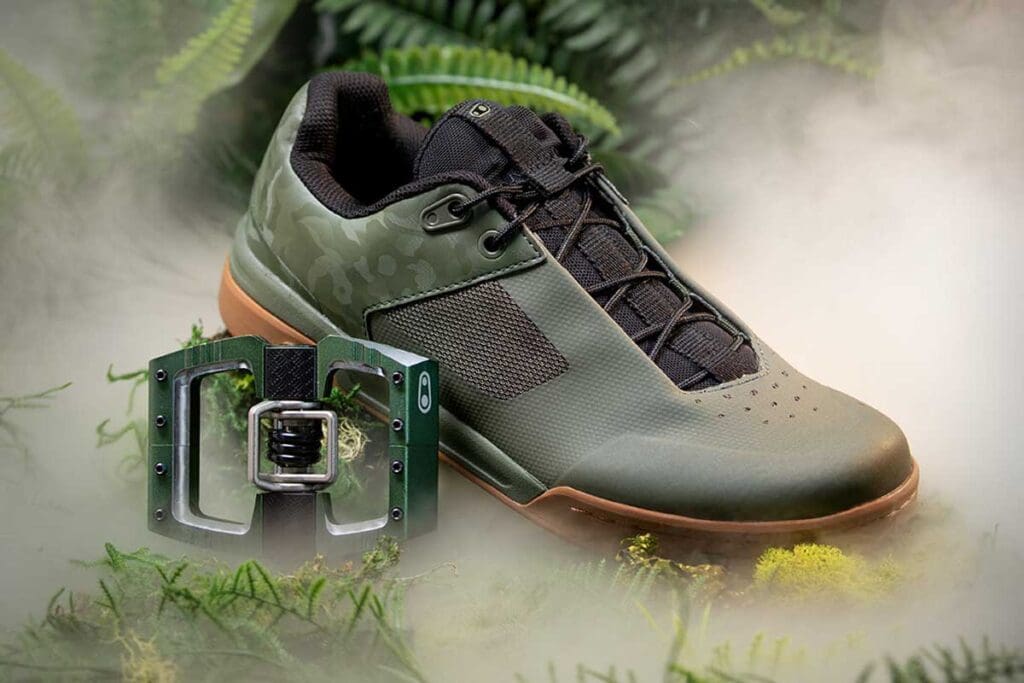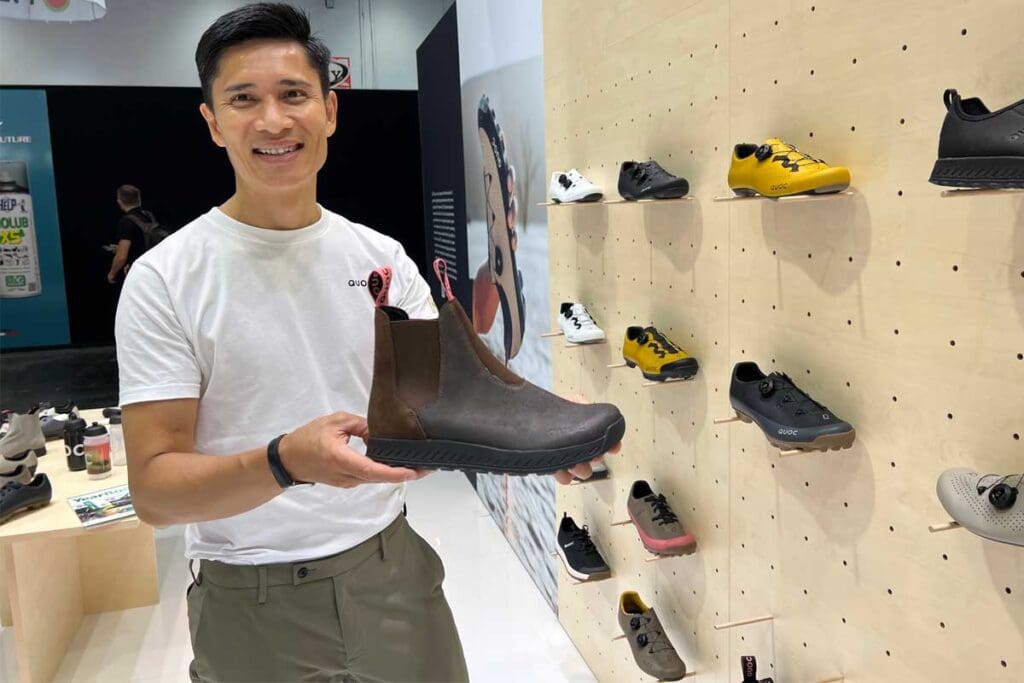Heart and Soul of Shoe Evolution

Are cycling shoes that automatically tighten and adjust their cleat position on the horizon?
US patent applications reported by the UK’s road.cc website suggest Shimano is working on both features.
In April, road.cc reported Shimano had applied for a patient for dial-adjusted cycling shoes that automatically adjusted their tension in response to sensors on the bike, the rider and within the shoe.
The sensors would help identify when pedalling power or the bike’s speed went above or below certain levels, or if the bike was on or off-road.
Earlier that month, Shimano applied for its automatically adjusting cleat patent. Like the shoe fastening design, sensors responding to rider speed, pedalling power and terrain could control the fore and aft position of the cleats.
While the cleat and fastening adjustments could improve rider comfort and power application, they could also give Shimano important points of different in an increasingly saturated cycling shoe market.
Over the past two years, there has been a significant increase in the number of major players entering the shoe sector, including brands such as Fox Racing and Crankbrothers incorporating shoes into their already extensive range of apparel and equipment.
Customers and retailers have never had so many shoes option to choose from and, like the bike industry in general, the level of technology and quality is consistently high across the offerings.
Materials are getting lighter and rubber compounds are getting more specific in achieving the balance between grip and durability.
“Market analysts predict the global bicycle shoe market will grow from a total valuation of US$1.16 billion in 2022 to US$1.67 billion by the end of 2029.”
It creates a greater need, but also increased opportunity, for retailers stay abreast of what’s available in the market – to best match their customers’ preferences with the options on offer and to give themselves another point of difference.

But what will be the next steps in manufacturers differentiating themselves from the pack? How can shoes follow the trend in cycling garments towards the use of the sustainable or recycled materials, or the recycling of the shoes themselves, when there are so many parts to the upper, mid-sole and sole of a shoe?
But surely it is coming.
When fastening systems still seems to have the greatest scope for improvement, Shimano could have a jump start on the next major evolution.
Market analysts predict the global bicycle shoe market will grow from a total valuation of US$1.16 billion (A$1.74 billion) in 2022 to US$1.67 billion (A$2.51 billion) by the end of 2029, pushed up by rising health awareness, changing lifestyles, increasing urbanisation and growing female participation.
The continuing emergence of shoes designed particularly for e-bikes and urban commuters will also heavily influence the growth and transformation of cycling shoes.
Brands such as FiveTen, Chrome and UK designer QUOC are currently heading a maturing sector of purpose-built cycling shoes that can then be worn in the workplace or fashionable establishment.
From conventional road shoes and trainers with just some added style, to cleat-ready slip-ons and even elastic sided boots, the opportunity for cyclists to fully express themselves through their cycling footwear has never been greater.
One thing is for sure, this most critical of rider-bike connection points is not being left behind in the overall evolution of cycling equipment.
